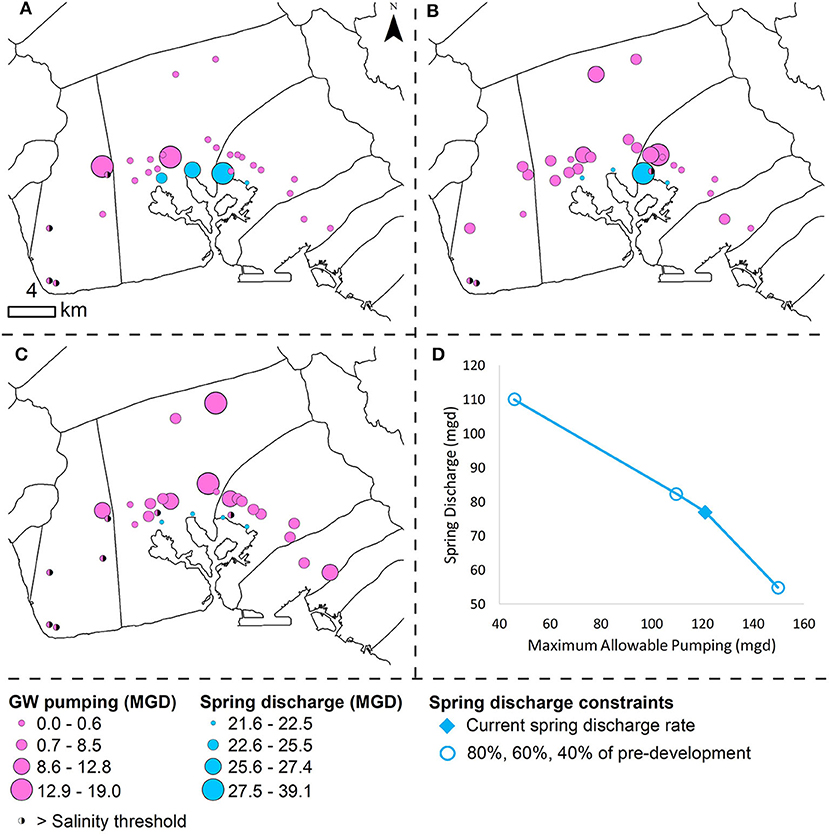

SPONSOR:
National Science Foundation – EPSCoR’s ‘Ike Wai
PROJECT PERIOD:
2017 – 2021
COLLABORATORS:
Kim Burnett, Ahmed Elshall, Christopher Wada, Aida Arik, Aly El-Kadi, Cliff Voss, Jade Delevaux, and Leah Bremer
ABSTRACT:
Groundwater management policy around the world increasingly seeks to protect groundwater-dependent ecosystems and associated human uses and values. This includes uses of ecosystems and agricultural systems linked to natural spring discharge. Yet, there are few examples of practical tools to balance human groundwater use with ecological water demand related to spring discharge. Using a simulation optimization framework, we directly incorporated a spring discharge constraint into the analysis of sustainable yield for operationalizing groundwater policy in the state of Hawai‘i. On the island of O‘ahu, we studied a spring discharge-dependent watercress farm with historical, cultural, and ecological significance. This research provides decision-makers in Hawai‘i with information regarding the trade-off between groundwater pumping and spring discharge, which is connected to multiple benefits, including historical and cultural values in line with codified state beneficial use protections. Because this trade-off provides an important step in operationalizing sustainable yield policy in Hawai‘i, we conclude by discussing further conceptual and technical developments necessary to move groundwater policy in Hawai‘i closer to full incorporation of the public trust principles of the state water code.
Project Publication:
Burnett, K.M, A.S. Elshall, C.A. Wada, A. Arik, A.I. El-Kadi, C.I. Voss, J.M.S. Delevaux, and L.L. Bremer. 2020. Incorporating spring discharge protection into sustainable groundwater management: A case study from Pearl Harbor Aquifer, Hawaiʻi. Front. Water 2:14. https://doi.org/10.3389/frwa.2020.00014
PRINCIPAL INVESTIGATOR
